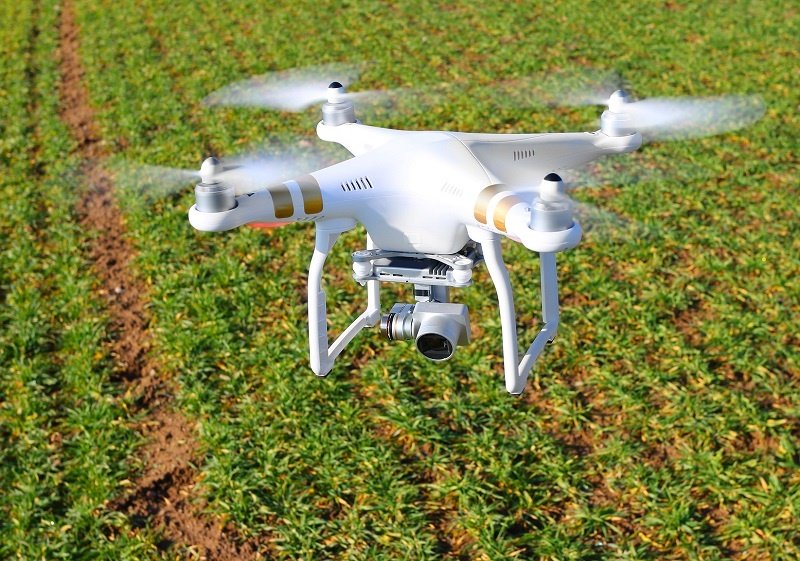While the technologies may be complex, the basic message for supply chain leaders is simple: disrupt or be disrupted. A new study from MHI provides a glimpse into how several technologies are converging to create next-generation supply chains. The 2017 MHI Annual Industry Report, aptly titled "Next-Generation Supply Chains: Digital, On-Demand and Always-On," was developed collaboratively with Deloitte Consulting.

As the report notes, "Increasing digital capabilities throughout popular culture and the corporate world alike, have fuelled expectations for faster, better service across the entire supply chain." Of 1100 industry and supply chain leaders surveyed for the report, 80% of them believe a digital supply chain model, working to optimize the physical flow of goods, will predominate within five years. Sixteen percent of respondents believe the digital supply chain is already here.
The annual report was first launched three years ago. At that time, eight technologies were identified as having the most potential to change supply chains. These included:
Another technology "kicked down the door" and made its way onto the 2017 list, that being the Internet of Things (IoT). IoT, also known as Industry 4.0, has become the ninth trend. In a nutshell, IoT refers to connecting any device to the Internet and/or to each other, resulting in the opportunity for a range of efficiency gains, through dovetailing with several or all of the other technologies listed above.
Technology trends most likely to result in competitive advantage or disruption in the opinion of respondents include Robotics and Automation (61% of respondents, up from 39% in 2015), followed by Predictive Analytics (61%, up from 39%), Internet of Things (55%, new category), Sensors and Automatic Identification (52%, up from 42%) and Driverless Vehicles & Drones (54%, up from 30%). A resounding 92% of people surveyed believe that at least one of the nine trends could lead to competitive advantage or be a disruptor to their industry over the next decade.
The technologies experiencing the highest rates of current adoption include Cloud Computing and Storage (50% of respondents) and Sensors/Automatic Identification (49%). Implementation rates for these two trends are expected to increase to 73% and 70% respectively over the next two years.
The report encourages supply chains to take the following actions to keep abreast of the wave of change:
Look to the future: Think seriously about what your supply chain will look like in five years. Work with your sales department to get a grasp on predicted growth product mix changes and growth, and utilize modeling tools to broaden your understanding of system changes that will be needed.
Start Investing In Innovation: The report emphasizes the importance of investing in innovation, regardless of company size. From small companies to large, respondents typically invested 1-5% of sales revenue in new technologies.
Focus on Hiring and Training: The requirement for new technologies and a workforce with the advanced skill set to leverage them will act to further exasperate the current workforce shortage. As such, emphasis on recruitment, ongoing training and retention will continue to grow in importance.
The combination of increasingly higher service expectations and new technologies is accelerating change in the supply chain landscape. Looking to the future, taking fresh steps toward implementing new technologies and focusing on the workforce you need to put it all together, can make the difference.
The The 2017 MHI Annual Industry Report, "Next-Generation Supply Chains: Digital, On-Demand and Always-On, can be downloaded here.
Stay up to date
Want the latest fresh food packaging industry knowledge delivered straight to your inbox? Subscribe to our newsletter and get the latest news, trends, articles and more!
